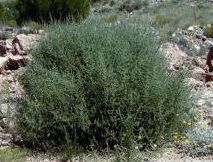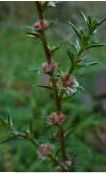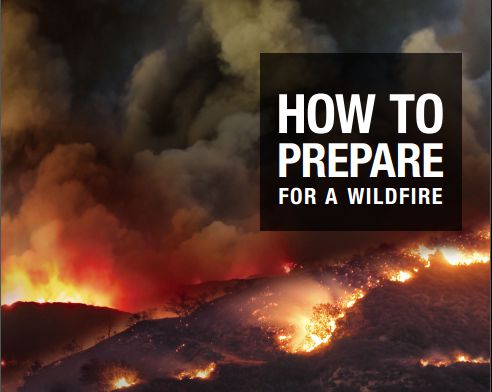
TUMBLEWEEDS
Tumbleweeds are a predator weed that invades disturbed soil all across the country. It is also called Russian Thistle or Wind Witches. The plant gets it Latin name, Salsola, from the word sallere, meaning salt, because it tolerates salty soil.
Russian Thistle arrived in the United States about 150 years ago when
farmers in South Dakota imported contaminated flaxseed from Russia.
Ever since it has steadily taken root across the country, exploiting
native Ecosystems.

Virtually everyone recognizes a mature Russian thistle, which looks
like the skeleton of a normal shrub. Plants may be as small as a soccer
ball or as large as a Volkswagen beetle. Most people, however, would
fail to recognize the seedling and juvenile plant’s bright green,
succulent, grass-like shoots, which are usually red or purple striped.

Inconspicuous
green flowers grow at axils (where leaf branches off of stem) of the
upper leaves, each one accompanied by a pair of spiny bracts. Mice,
bighorn sheep and pronghorn eat the tender shoots.
When it dries, it rolls around and disperses seeds. Each plant averages
about 250,000 seeds, which is why transporting or composting the plant
at this stage is a problem. It is best to get rid of the plants while
it is still green.
THE
TOWN NEEDS YOUR HELP
TO CONTROL TUMBLEWEEDS
Mow before the plant goes to seed. Compost or transport while it is still green, otherwise you will spread more seeds.
Each plant is capable of dispersing 250,000 seeds.
Burn when plant is dry. Check our pages on the burn window and fire
safety.
Plant competitive species of plants. Tumbleweeds don’t like lawn or well-irrigated gardens. Don't let the weeds pile up against fences or in ditches.
Tumbleweeds Invade Colorado Springs
OR you can feed the young plants as silage to your stock.
